Application
pocket radio, ham-radio transceiver.
It has to connect standard microphone with speaker which couldn't be powered through differential pair of wires.
Minimal specs
- single ended output (must have!)
- 4.5-14V supply voltage
- at least 1W on 4Ω load of power when powered from 5V
- analog input
- should be capable withstand shorts & hanging output
Ideally class D amp with low quiescent current and stand by mode.
Design problem
I found many great amplifiers but all of them are BTL. I spent several hours on many ICs vendors and had no luck. All modern power efficient amps are BTL.
Initially, tried to use TS4962 in single-ended configuration but it died right away. Also, doesn't tolerate shorts and opens. I killed several ICs and stopped my experiments. TBH, it is amazing IC and when all connections are soldered as BTL provides really good performance.
After I tried to use LM386 but was not happy by its internal noise level.
Then I tried SSM2211 (in a SE configuration) which did work well but seemed having less gain. When I tried to make it more sensitive I ran into stability problem.
TDA2003 seems like ideal amplifier but it is very outdated, consumes too much current, makes too much heat.
Disclaimer: I understand rules, this is not website for recommendations but I did my homework there and I am stuck therefore I am looking for help of the community.
